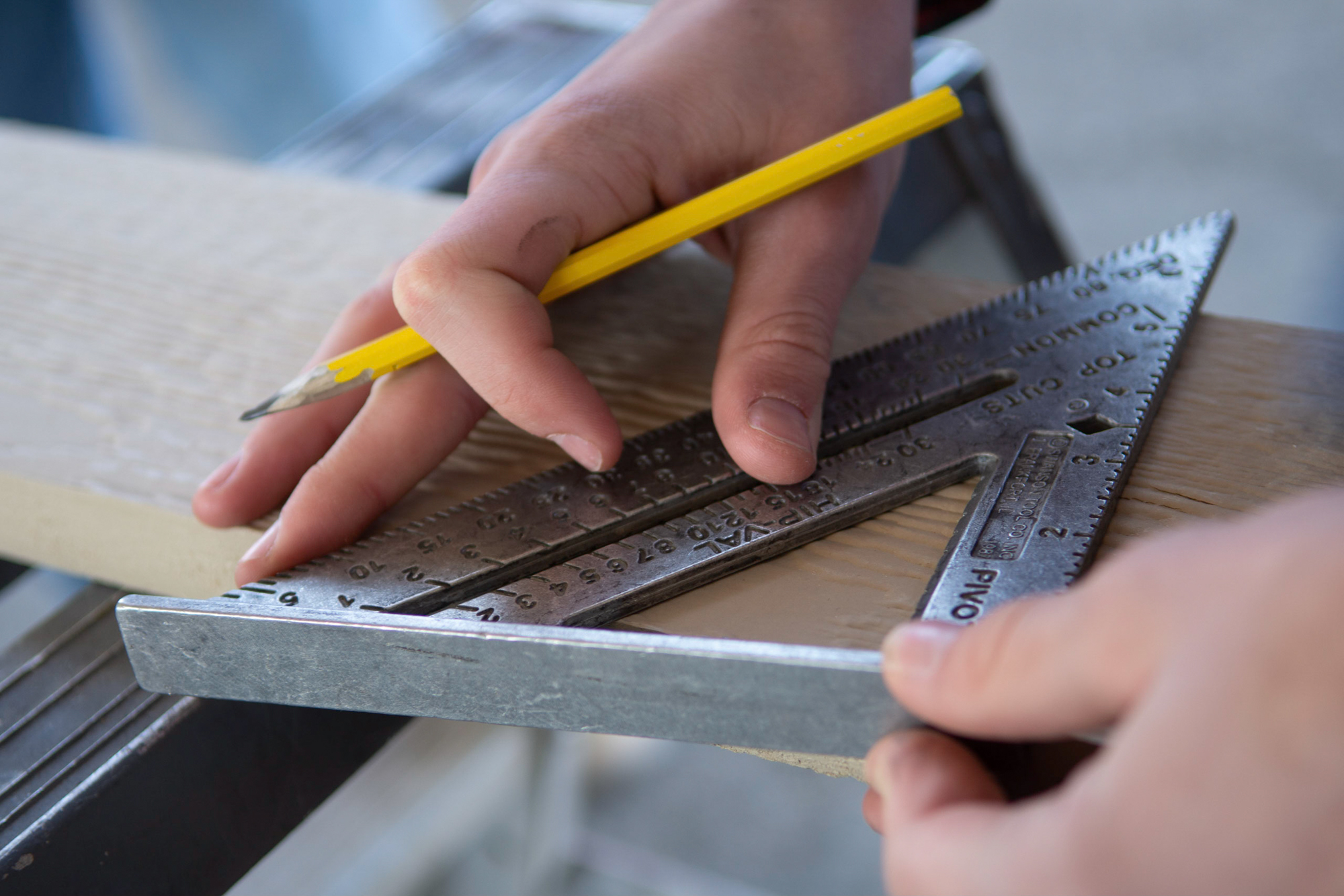Charter schools are free, public and open to all. As a cornerstone of Nevada’s public education system, charter schools embody the very principles of accessibility, equality and excellence that define public education. In Nevada, state-sponsored charter schools form the third largest “school district” in the state, educating nearly 62,000 students in the 2023-24 school year. These schools, supported by various local districts and entities, play a crucial role in our educational landscape, offering diverse and innovative learning opportunities to a rapidly growing number of students.
Yet, despite their significant contribution, recent discussions by the Washoe County School Board about the district’s 2025 legislative platform have cast charter schools as separate from “true public schools.” This inaccurate description underscores a critical misunderstanding that needs addressing: Charter schools are an essential part of the public education system, and it is time we recognize them as such.
It cannot be overstated: Charter schools are public schools.
Much like other public schools, they do not cost families money to attend, and they work within structures of state law, the Nevada Department of Education, and with additional guardrails in place through their contract — or charter — to ensure they fulfill the academic, operational and financial obligations of their charter.
Charter schools are not just an alternative option in Nevada’s educational landscape; they are a vital component of our public education ecosystem. They offer diverse, flexible and innovative approaches to meet the unique needs of students across the state, all while adhering to rigorous standards and regulations. Charter schools operate under the same principles of public education: accessibility, accountability and inclusivity.
By serving a broad spectrum of students, including those who have been historically underserved, charter schools contribute significantly to closing educational gaps and preparing all students for success. Throughout Nevada, we see charter schools that serve kids in preparing for careers in the trades and through dual enrollment, providing arts and classical education, undergoing rigorous college preparatory academics and helping students catch up from severe credit deficiencies to earn their diploma or equivalency. Charter schools are built to give every child an opportunity for a great education at the school where they can learn best, no matter where they are from.
Charter schools are also closing gaps in student populations that have been historically underserved, including children in poverty, English learners and students with disabilities. Seventy-nine percent of new, state-sponsored charter schools during the last five years were Title I schools. Charter schools continue to make academic gains, from jumps in star ratings to graduation rates, and are growing because they serve a variety of needs for kids who have historically been furthest from opportunity – and they do so by welcoming all kids.
As discussions around education policy continue, it is essential to remember that charter schools are an integral part of public education — and they deserve recognition and our full support. Let’s embrace the opportunity to strengthen our educational landscape by acknowledging that charter schools are, indeed, true public schools. Let’s move past terminology and focus on what truly matters: providing a quality education for all students, especially the most vulnerable. Let’s keep our focus on the students, not politics.
Gil Lopez is the executive director of the Charter School Association of Nevada.
The Nevada Independent welcomes informed, cogent rebuttals to opinion pieces such as this. Send them to [email protected].

